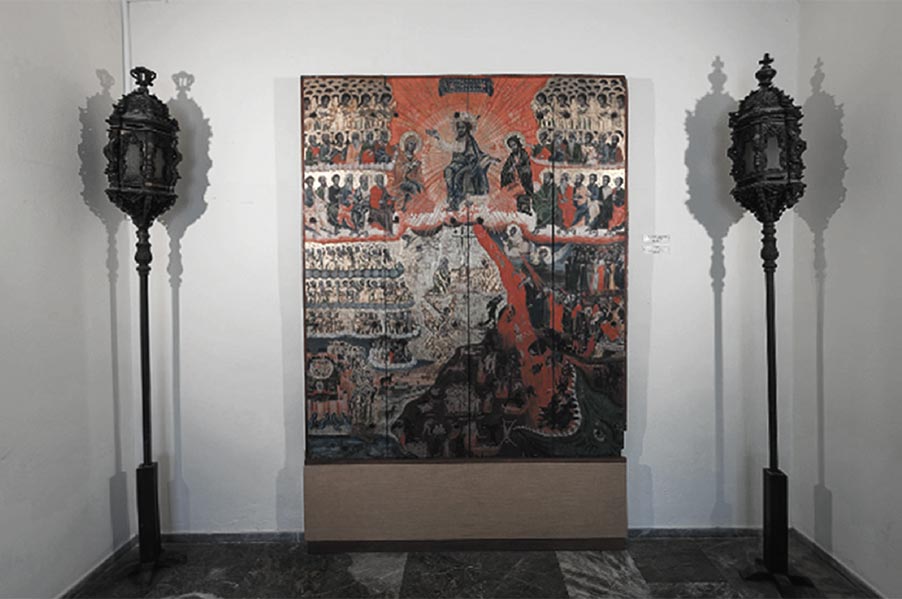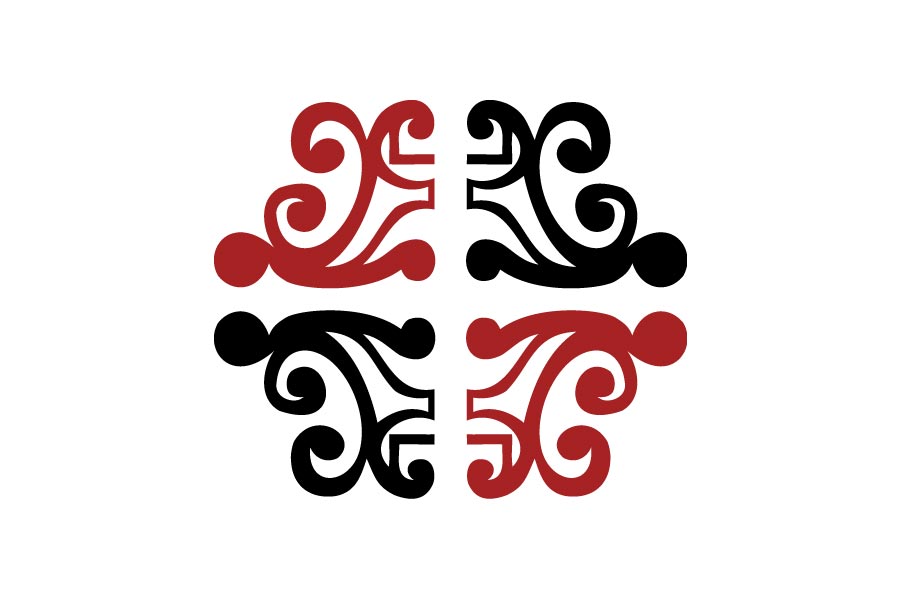- Home
- Lesvos
- Lesvos Entries
- The Ecclesiastical Byzantine Museum of Mytilene
Description
The Ecclesiastical Byzantine Museum of Mytilene houses one of the most remarkable collections of Byzantine civilization. It is an institution with content and quality in the field of culture.
The history of the museum is not a long one. In 1958, when Bishop Iakovos Kleomvrotos came to be Bishop of Mytilene from the See of Sisanion and Siatista, he found, left by his predecessor, Bishop Iakovos Nikolaou, from Dyrrachium, a small collection of icons and other objects used in worship. Iakovos Kleomvrotos, who had the passion of a collector by nature, enriched this collection during his episcopate with other objects of Christian art which he found in various churches within his diocese not being used in worship and condemned to decay and disappearance.
As the number of these sacred objects increased there was a need to house this collection permanently. Thus, since 1978 the Museum started to function in a building in the city center, opposite the entrance to the Church of St Therapon.
Of the works of Christian art to be found in the Museum, a special place is held by the icons, which constitute the most valuable part of the collection. The collection of icons ranges in date between the 13th and 19th centuries. Their size ranges in large (around two meters) and medium size icons.
Apart from the main collection of icons, there are collections that consist of other objects of Christian art, such as carved wooden sanctuary doors, vestments, manuscripts, liturgical vessels, Minor Arts collection, etc.
The Ecclesiastical Byzantine Museum of Mytilene, center of preservation and promotion of Byzantine and Postbyzantine art and culture, has held the thread of our historical continuity and has performed an important cultural function on the island.
Opening Hours
Monday-Saturday: 09.00 a.m - 13.00 p.m
Closed: Sundays
Entrance fee: 2€, group visits discount 10%
Free admission to students, members of large families, soldiers, military staff, journalists and archaeologists

